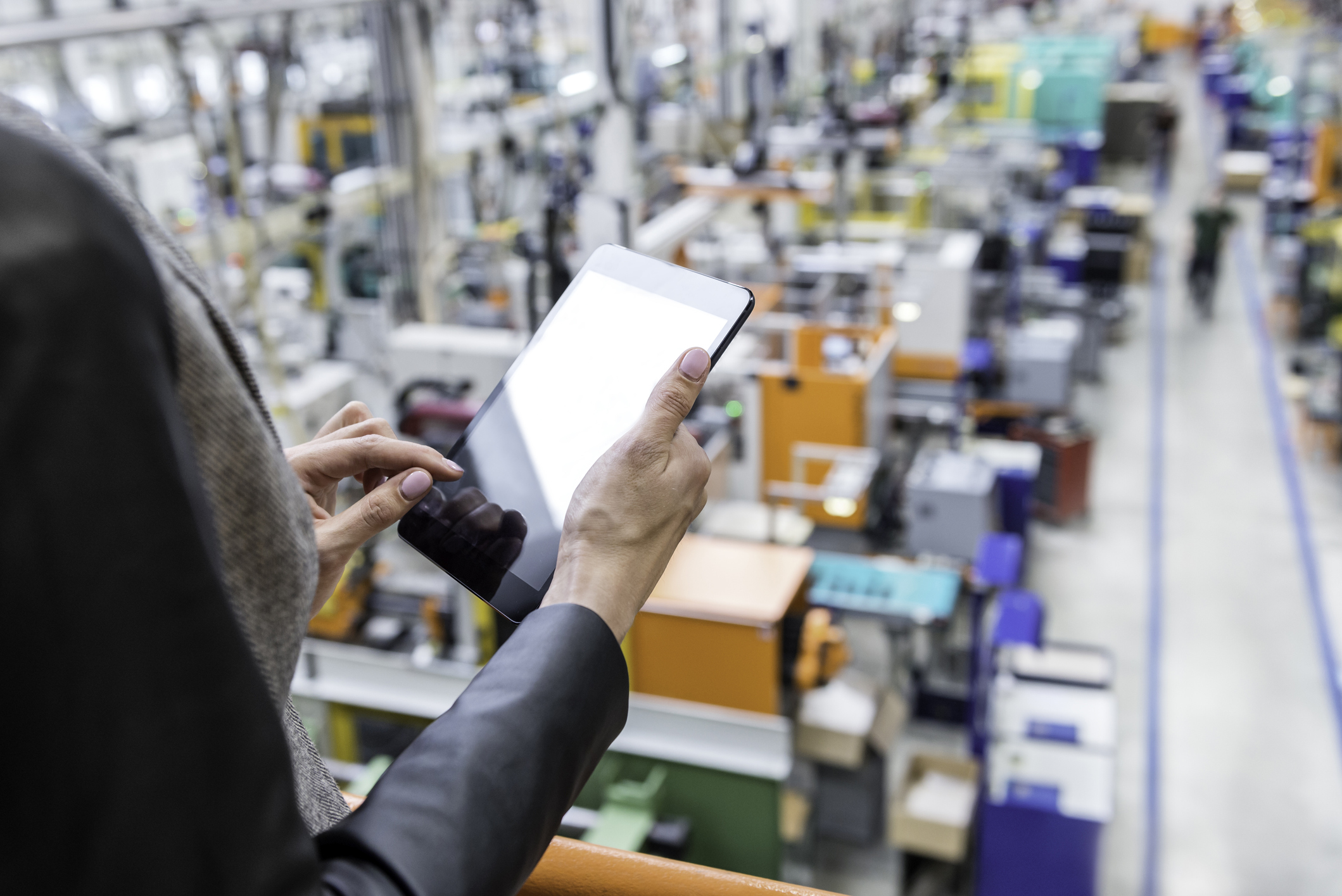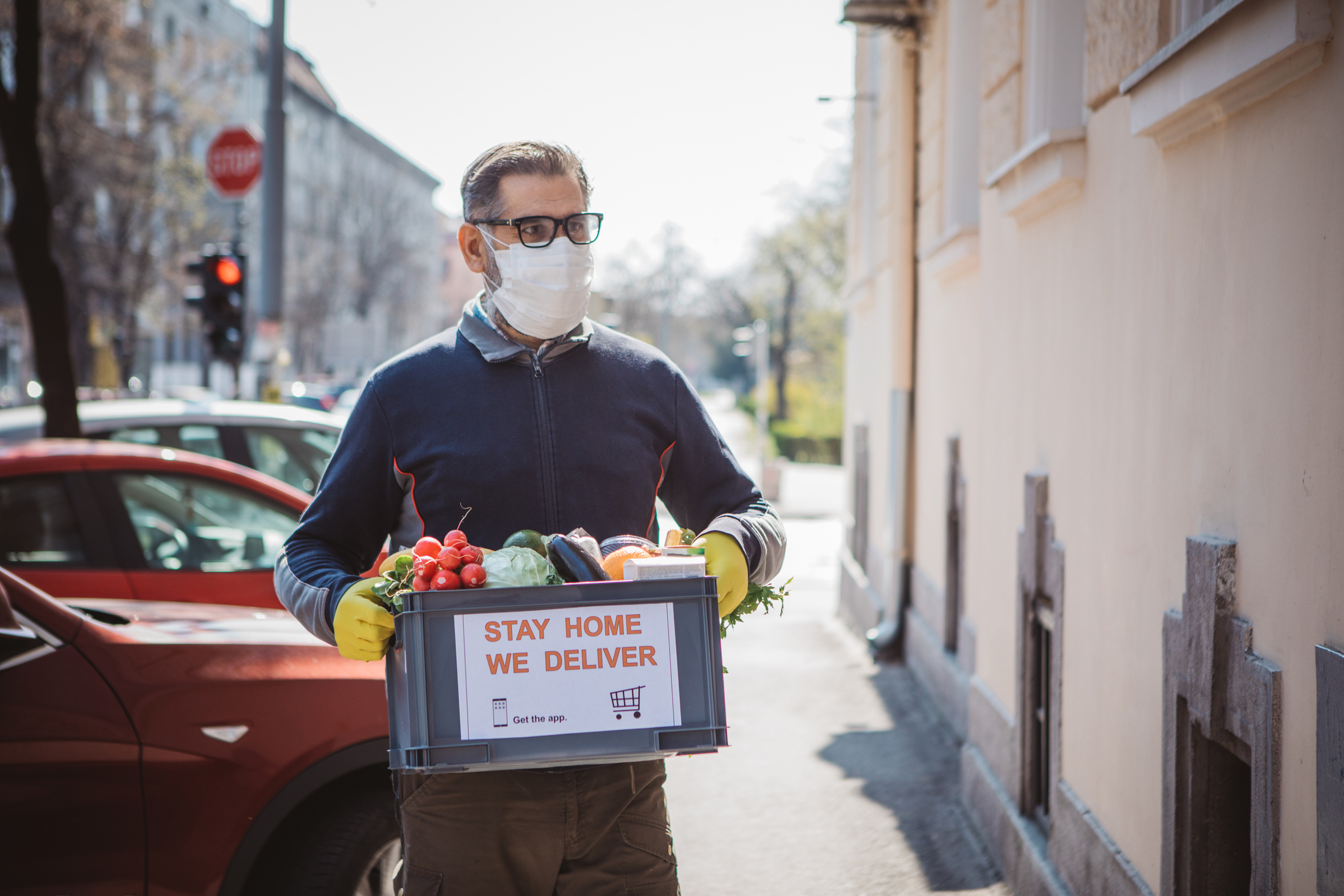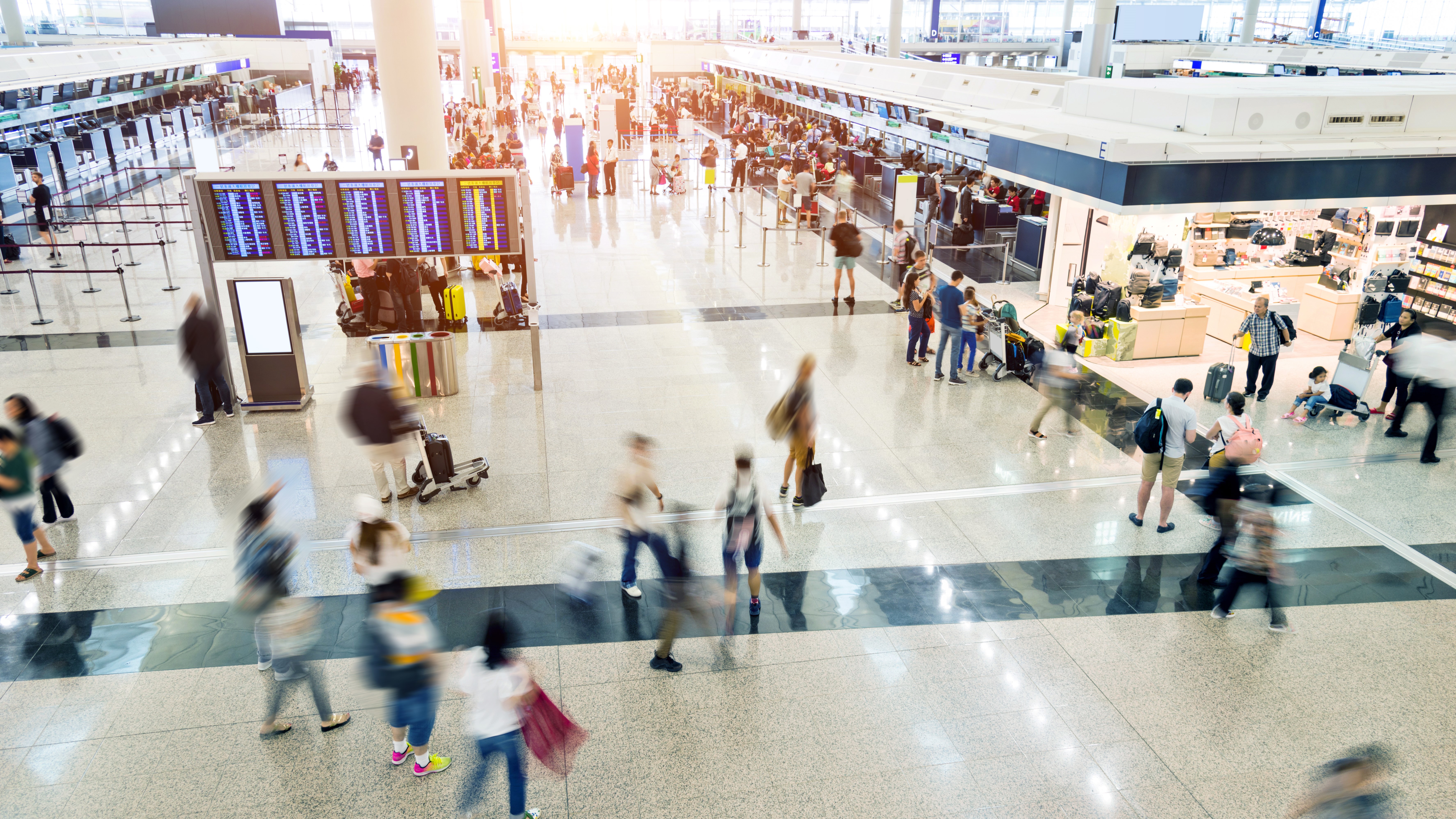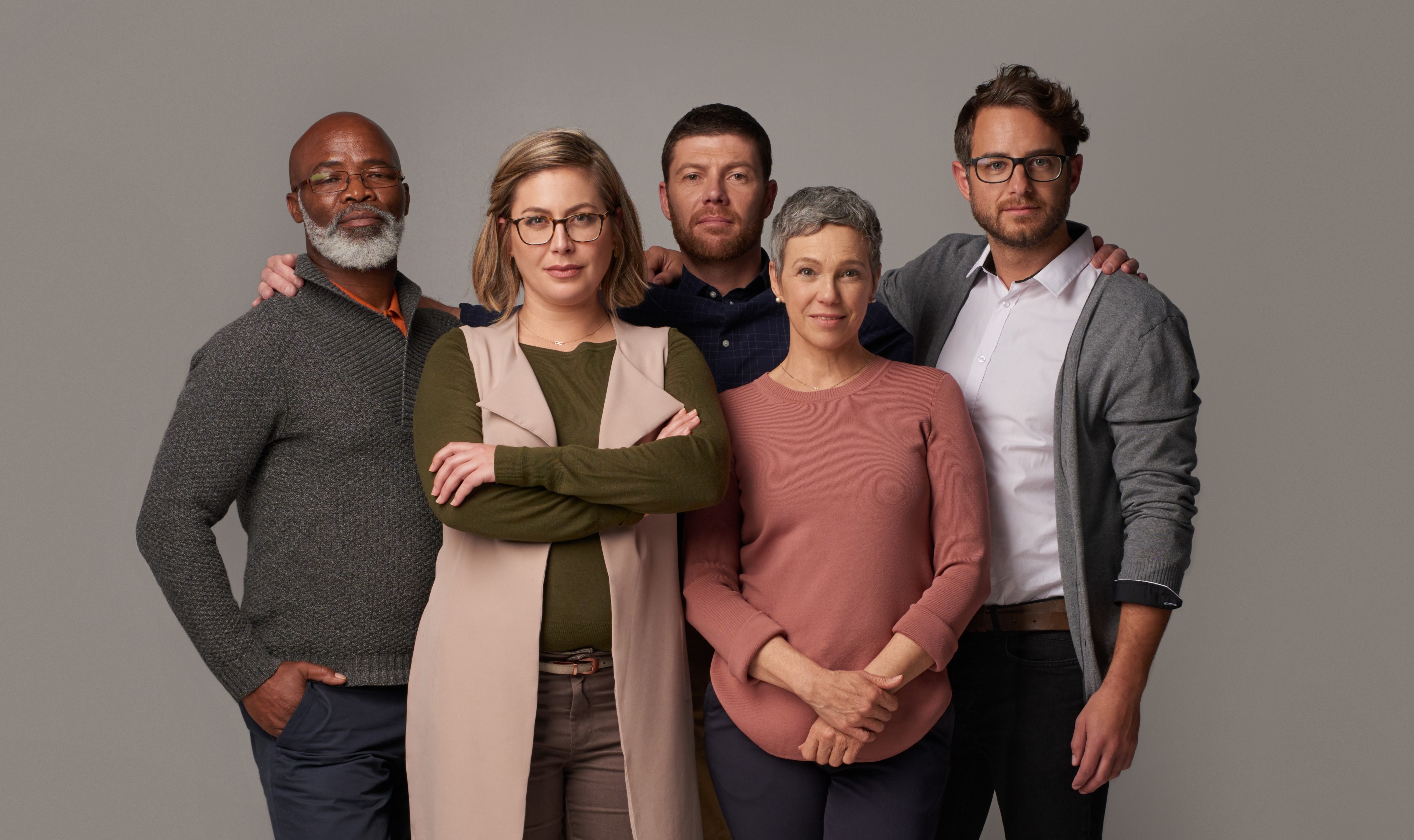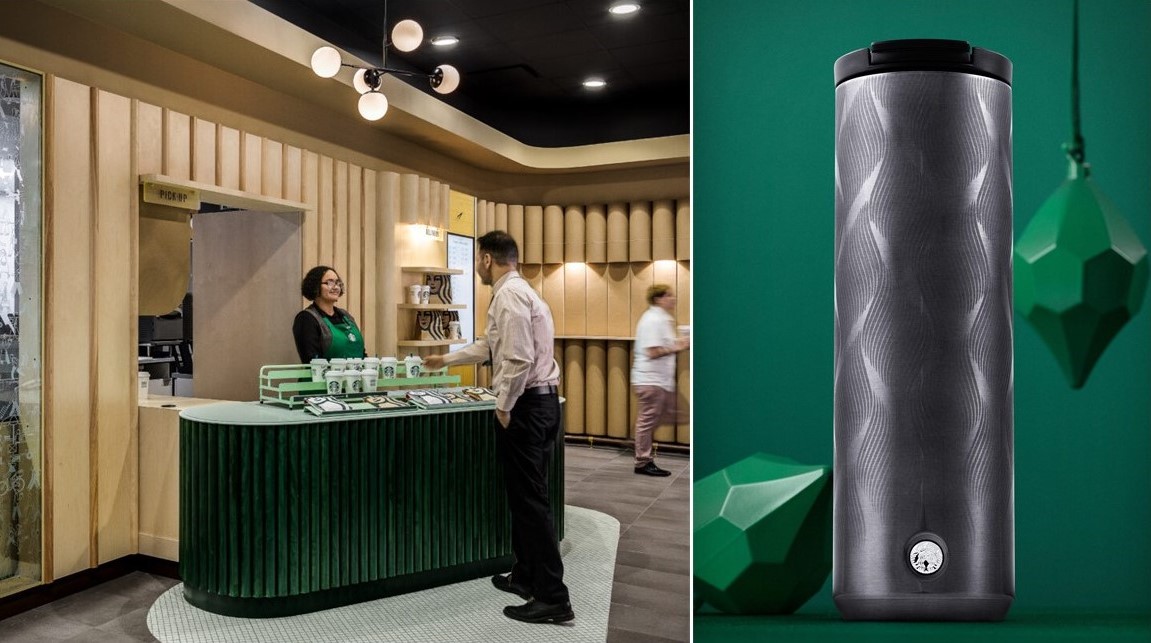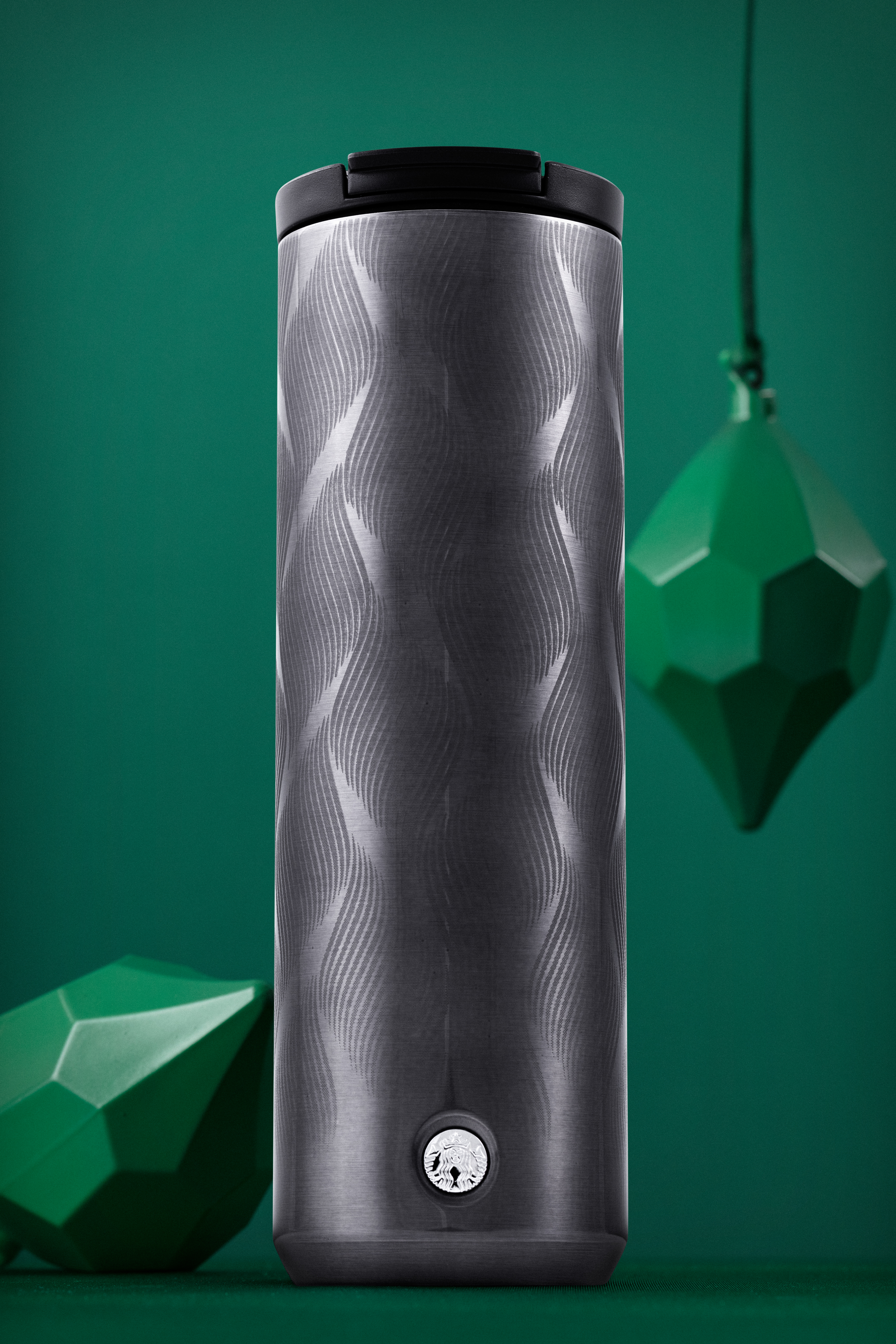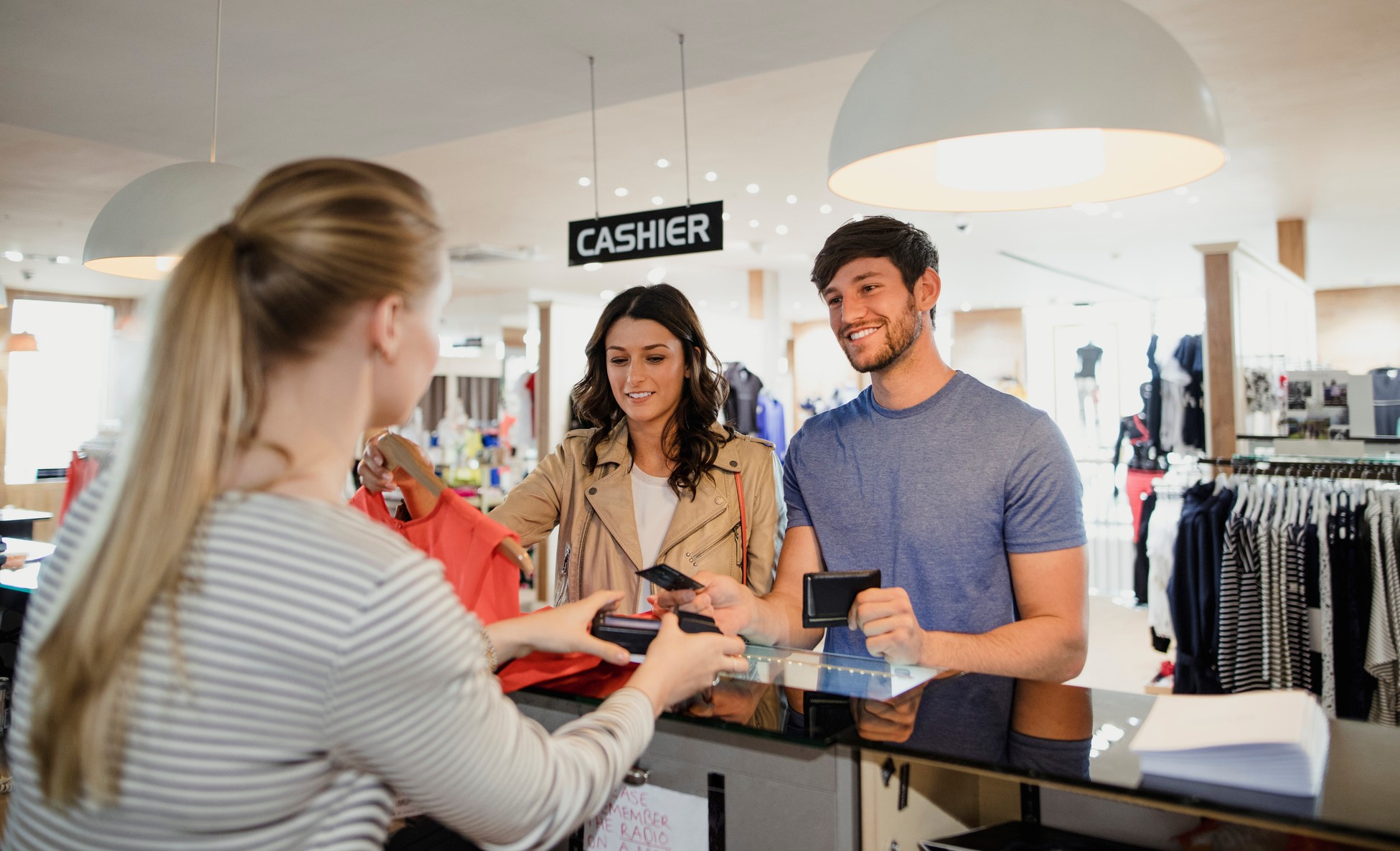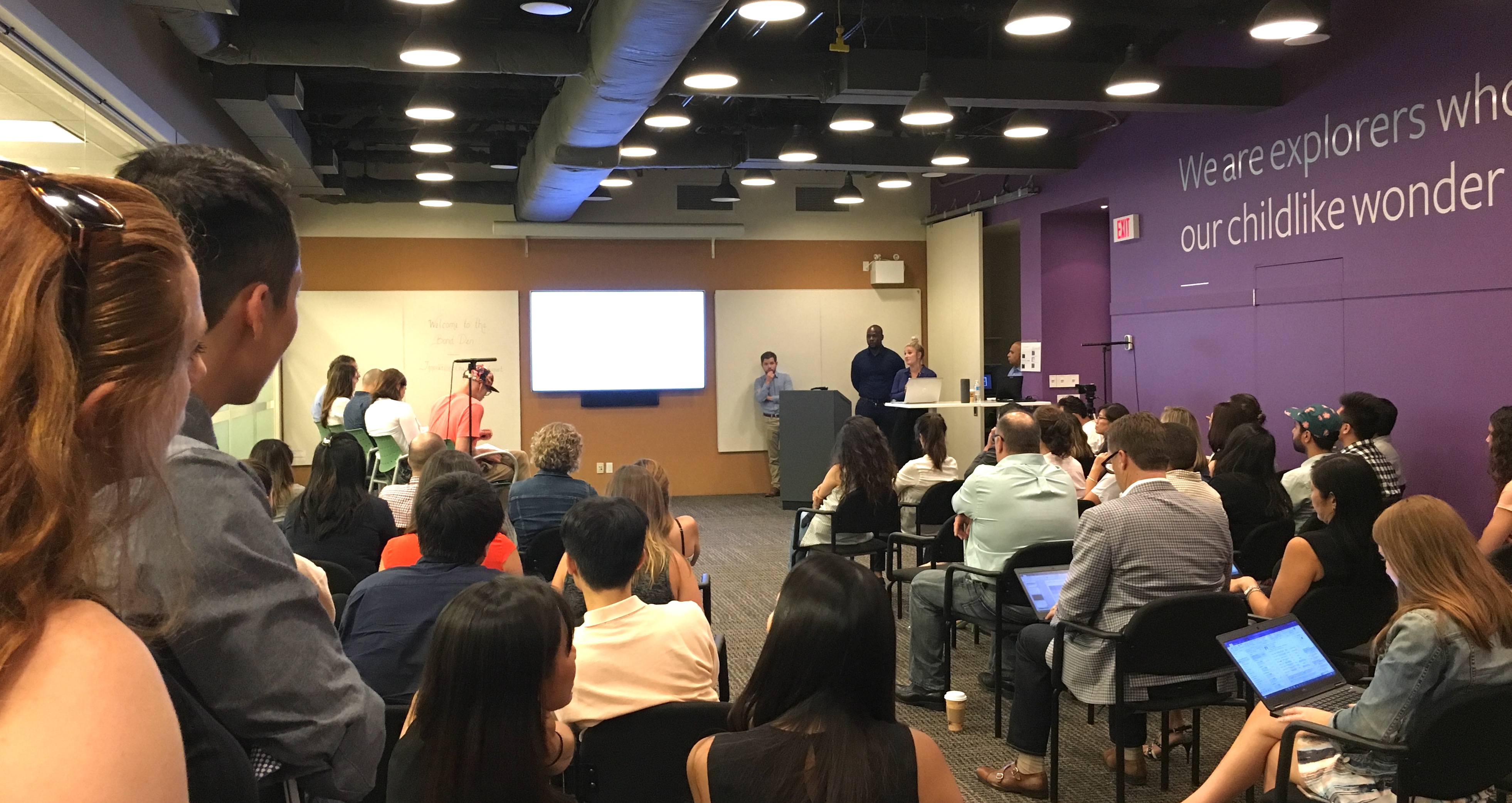Content Writer
Blog
Bond
Recent Posts
In today’s fast-moving world, speed to insights is critical to the success of a brands’ personalization and customer engagement initiatives. But how can marketers win the race?
We sat down with Francis Silva, our VP of Data & Analytics, to learn more about the challenges with today’s personalization models, and how Bond’s innovative new Model Factory helps businesses solve complex challenges and get to the finish line by using insights faster and more efficiently.
As consumers, our grocery shopping behaviors and experiences have been drastically altered as a result of COVID-19. Grocers have had to make unprecedented changes to the shopping experience in order to safeguard their employees and customers. Unsurprisingly, it is expected that many of these changes will continue to persist and that new ones will form in a post COVID-19 era. Many believe that the grocery experience that we know and have come to take for granted, will be forever changed, as a result of the pandemic.
In order to understand which behaviors and experiences will stick and what else we can expect to change in a post COVID-19 world, it is important to first examine how consumers have been impacted during the pandemic, and what new realities have dramatically changed the current grocery shopping journey.
When you work in corporate event production and live brand experiences, you’re always in motion.
This blog was written in response to the article "Aeroplan, it’s time to stop grabbing back the miles of your inactive customers" by Rob Carrick, that was published on January 14, 2020 on https://www.theglobeandmail.com/
Hard truth: if you’re designing your employee experience (EX) strategies around segmentation by age group, you’re doing it wrong.
In a follow-up to our November blog applauding Starbucks' Black Friday deal and how it used loyalty mechanics to encourage acquisition and habitual behaviors, Scott Robinson and Sayyada Rai put the offer to the test and examined the real-world implications from two points of view.
Starbucks' Black Friday deal shows us that loyalty mechanics can brew good things outside of formal loyalty programs.
From discounts and free shipping to makeovers and workout classes, paid perks are taking off in the loyalty space.
Employees are the face of your brand. They are the difference between a “good experience” and a “great or differentiated experience”—they are the ones that form emotional bonds, and bring the brand promises to life. Numerous studies, have shown that a positive interaction between a customer and an employee results in enhanced brand perception, likelihood to increase spend and more willingness to forgive brand missteps—small and large.
Bottom line: employees can’t be replicated.
It’s one thing for Bond to say good things about ourselves and highlight our capabilities, like we might do when we get acquainted with prospective new clients and partners. It's quite another when an independent, authoritative third party names us a leader, which we believe validates our experience and expertise.
